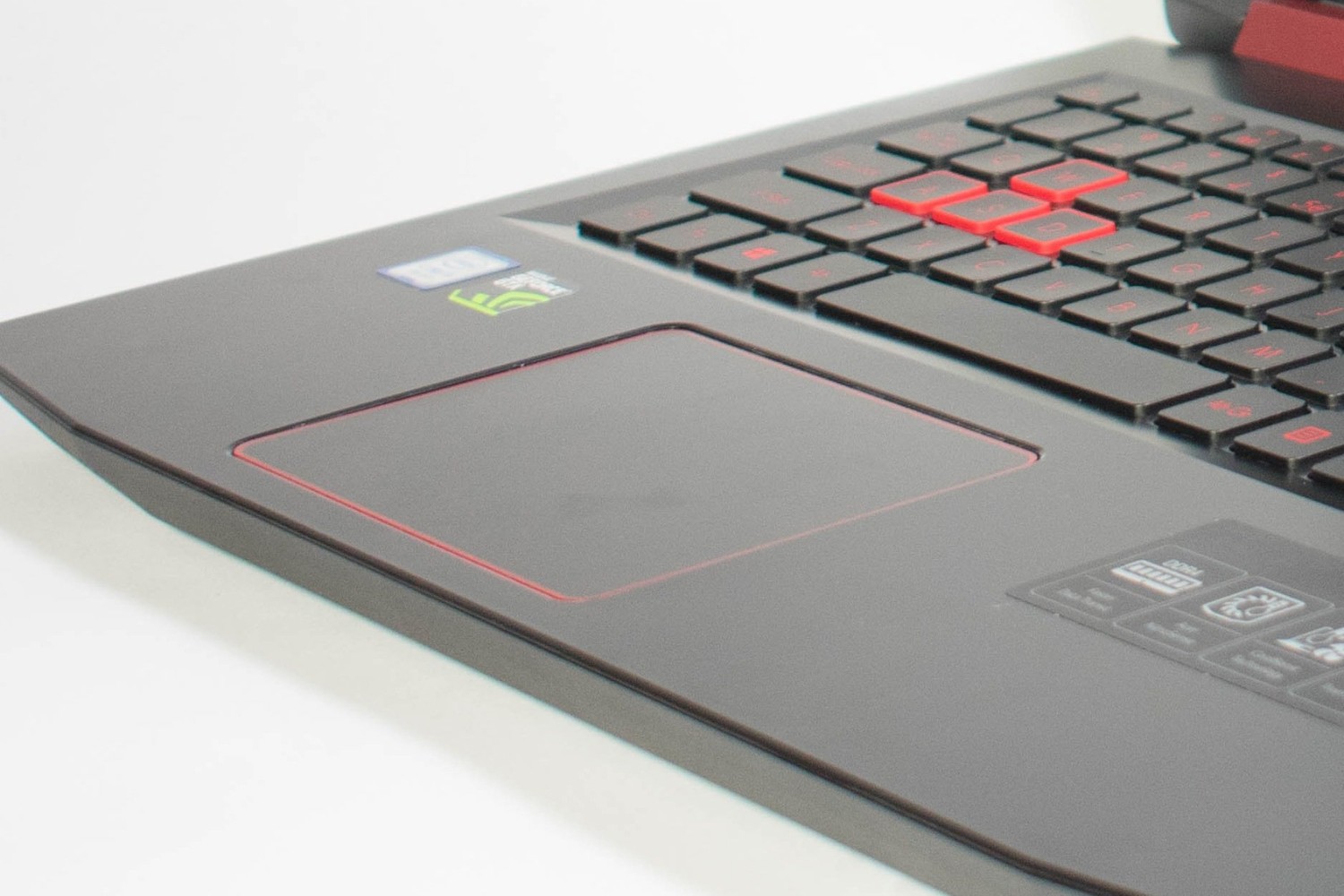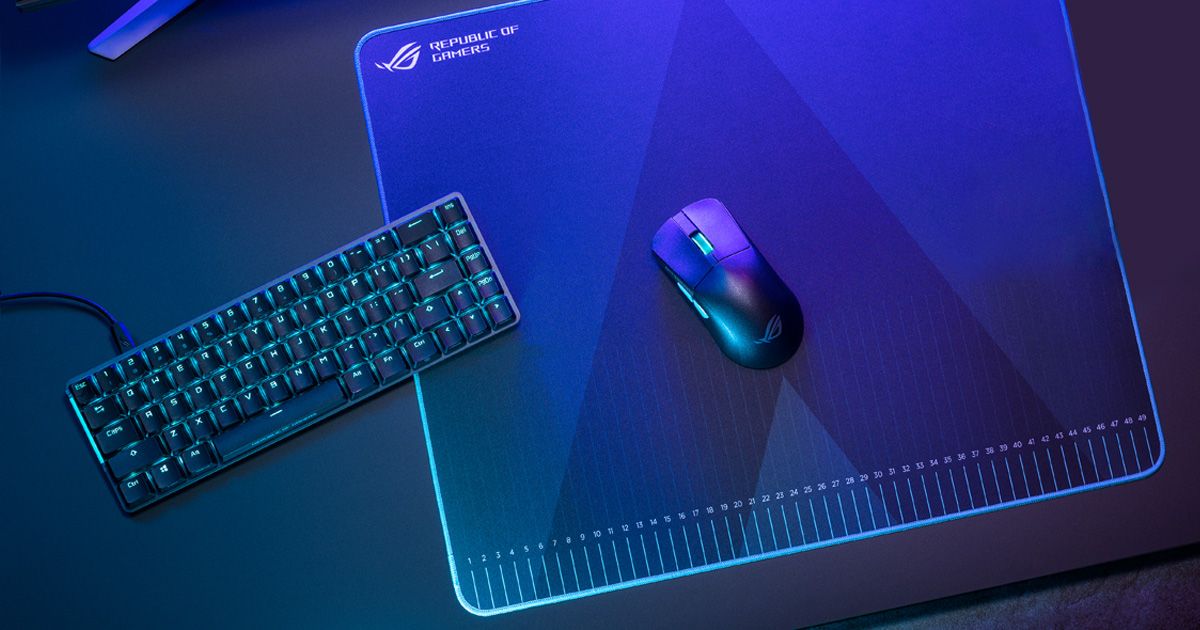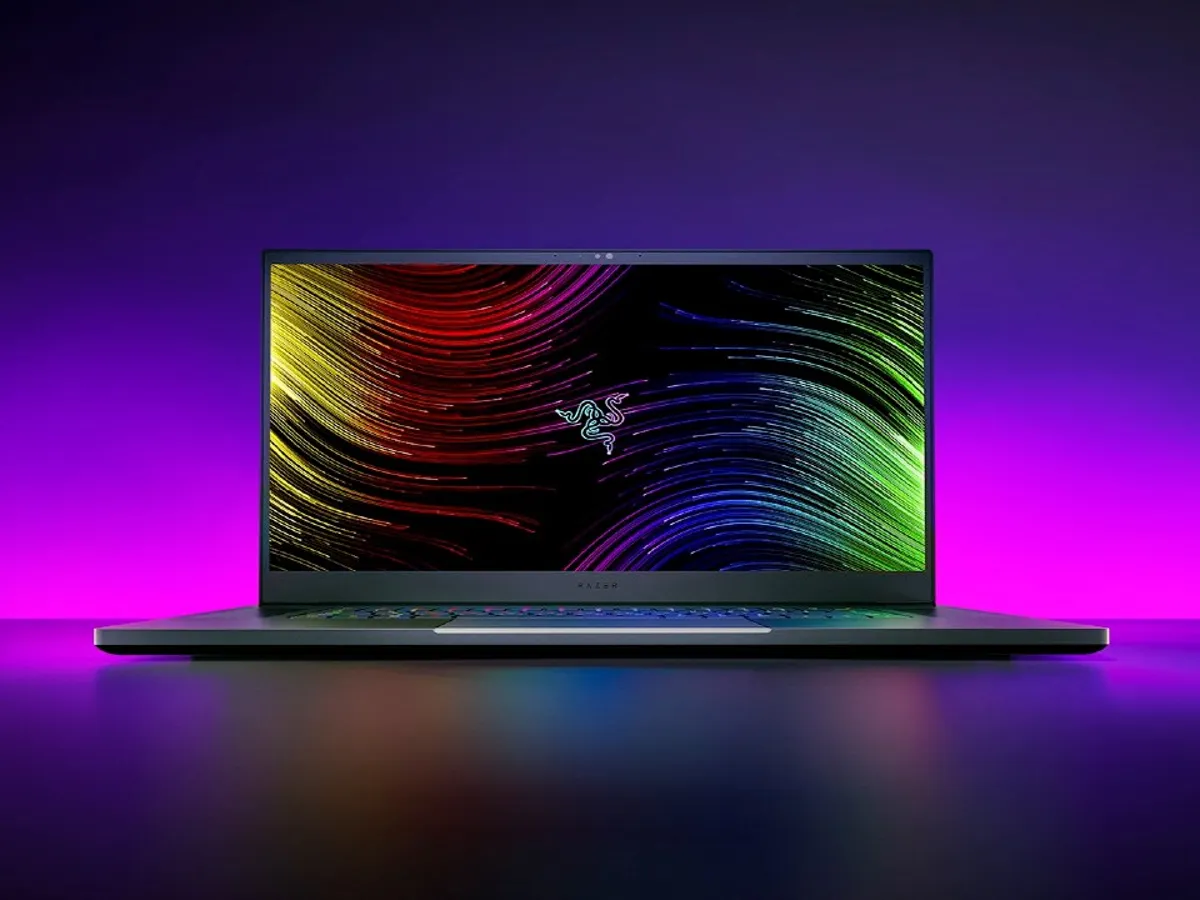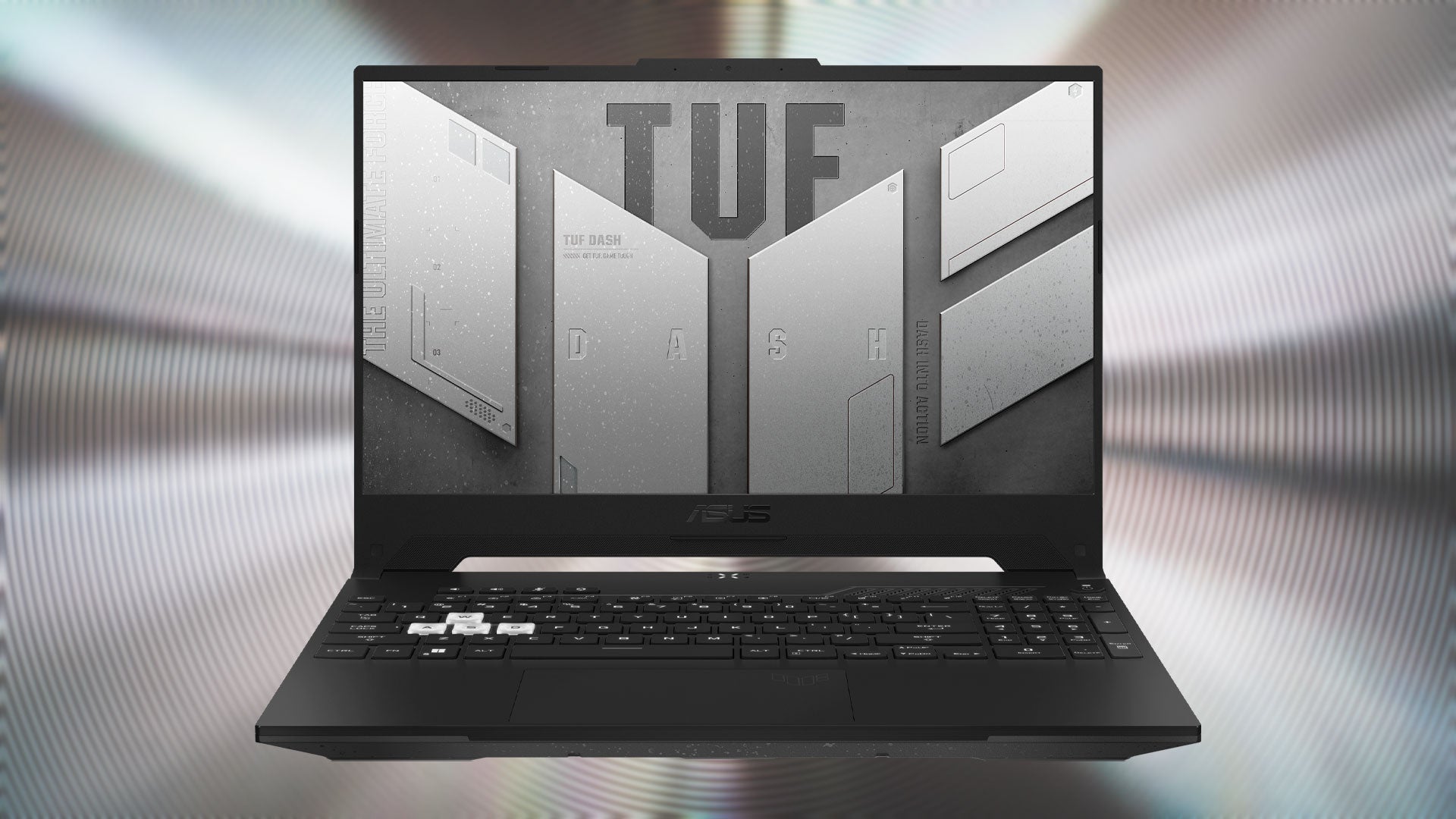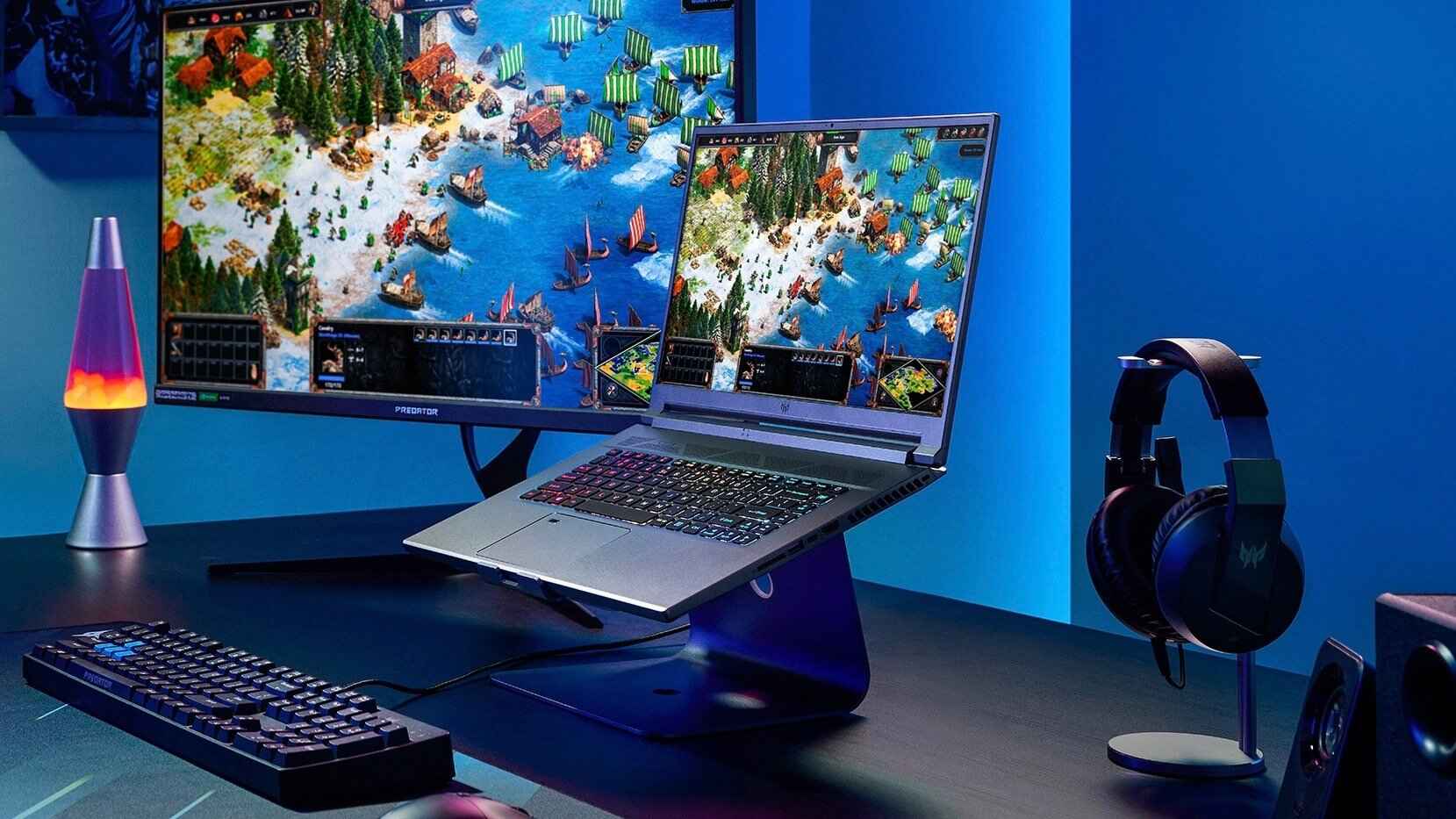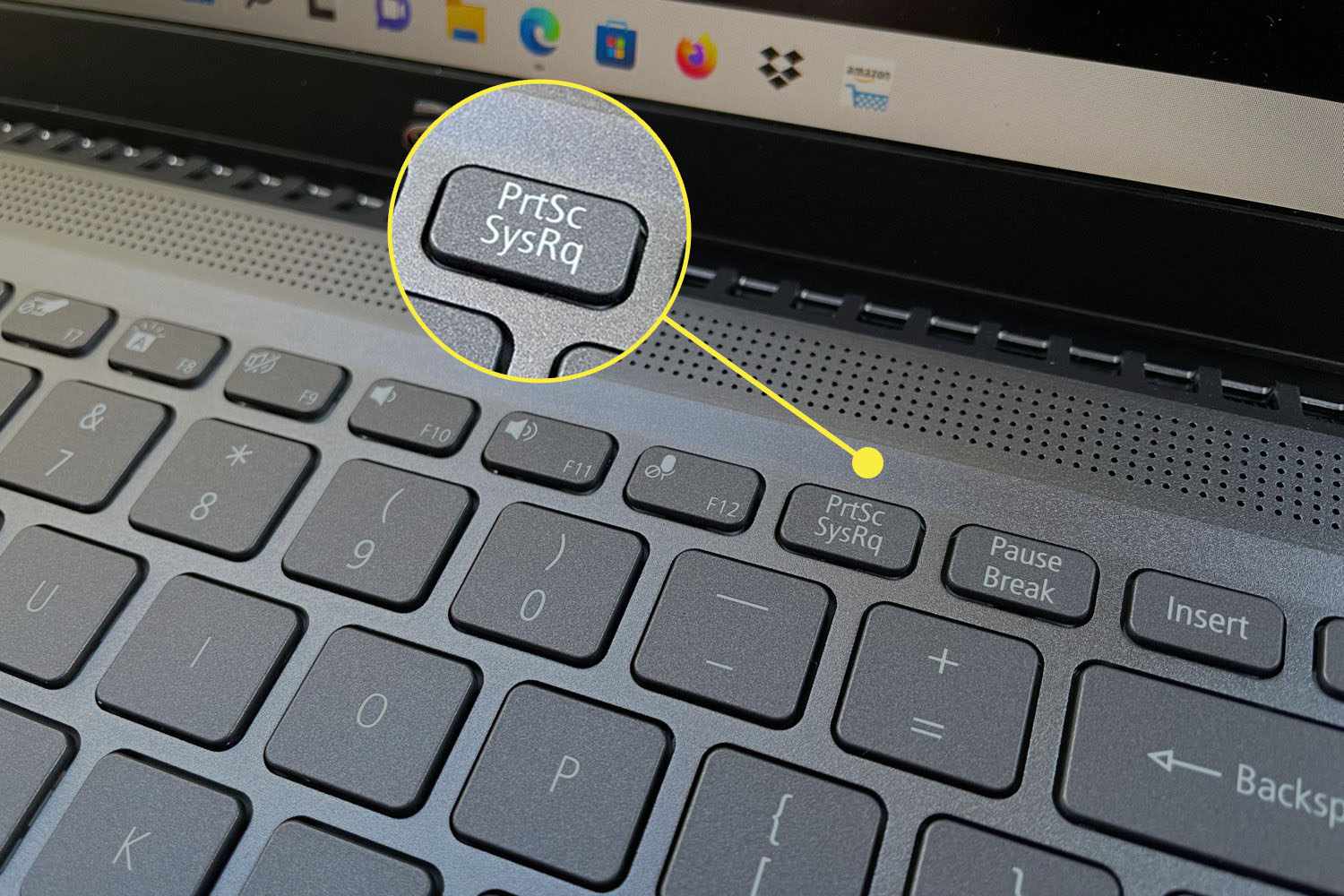Introduction
Welcome to the comprehensive guide on fixing issues with your Acer laptop's mouse pad. The mouse pad, also known as the touchpad, is an essential component that allows you to navigate your laptop with ease. However, encountering problems with the mouse pad is not uncommon, and it can be quite frustrating. Whether it's unresponsive to touch, erratic in its movements, or completely non-functional, these issues can disrupt your workflow and overall user experience. Fortunately, many of these problems can be resolved without the need for professional assistance.
In this guide, we will walk you through the step-by-step process of troubleshooting and fixing common mouse pad issues on your Acer laptop. From checking for physical damage to updating drivers and adjusting settings, we've got you covered. By following these methods, you can potentially save time and money by resolving the issue on your own.
So, if you've been experiencing difficulties with your Acer laptop's mouse pad, fret not. With the right approach and a bit of know-how, you can tackle these issues and get your mouse pad back to optimal functionality. Let's dive into the troubleshooting process and get your mouse pad working smoothly once again.
Check for Physical Damage
Before delving into software-related troubleshooting, it’s crucial to inspect the physical condition of your Acer laptop’s mouse pad. Physical damage can often be the root cause of erratic behavior or unresponsiveness. Here’s a step-by-step guide to help you identify and address potential physical issues:
- External Examination: Start by visually inspecting the surface of the mouse pad. Look for any visible signs of damage such as cracks, scratches, or dents. These could indicate underlying issues affecting the functionality of the touchpad.
- External Devices: If you use an external mouse or other peripheral devices, disconnect them from your laptop. Sometimes, conflicts with external devices can cause the mouse pad to malfunction. Removing these devices can help isolate the problem.
- Physical Buttons: Some Acer laptops have physical buttons near the touchpad that can affect its performance. Ensure that these buttons are not stuck or damaged, as they can interfere with the normal operation of the mouse pad.
- Cleanliness: Dust, dirt, or debris on the surface of the touchpad can hinder its responsiveness. Gently clean the touchpad with a soft, lint-free cloth to remove any buildup that may be affecting its sensitivity.
By thoroughly examining the physical condition of the mouse pad and addressing any identified issues, you can rule out potential physical causes of malfunction. If the touchpad appears to be physically intact and clean, the next step is to explore software-related solutions to resolve any underlying issues.
Update Mouse Pad Drivers
Outdated or corrupted mouse pad drivers can lead to a variety of issues, including erratic cursor movements, unresponsiveness, or the complete inability to use the touchpad. Updating the drivers can often resolve these issues and improve the overall performance of the mouse pad. Here’s how you can update the mouse pad drivers on your Acer laptop:
- Device Manager: Access the Device Manager on your Windows laptop by right-clicking on the Start button and selecting “Device Manager” from the menu. Look for the “Mice and other pointing devices” category, where you should find the touchpad listed.
- Driver Update: Right-click on the touchpad device and select “Update driver.” Choose the option to search automatically for updated driver software. Windows will then search for the latest drivers and install them if they are available.
- Manufacturer’s Website: Alternatively, you can visit Acer’s official website or the website of the touchpad’s manufacturer to manually download and install the latest drivers for your specific touchpad model. Be sure to select the drivers compatible with your laptop’s operating system.
- Driver Update Utility: Acer may provide a driver update utility that can automatically identify and install the latest drivers for your laptop’s components, including the touchpad. Utilizing such a utility can streamline the driver update process and ensure that all necessary updates are installed.
By updating the mouse pad drivers, you can address compatibility issues, security vulnerabilities, and performance optimizations that may be affecting the functionality of your touchpad. Once the drivers are updated, restart your laptop to apply the changes and assess whether the issues with the mouse pad have been resolved.
Adjust Mouse Pad Settings
Customizing the settings of your Acer laptop’s mouse pad can significantly impact its behavior and responsiveness. By adjusting the settings to better suit your preferences and usage patterns, you can enhance the overall user experience. Here are the steps to adjust the mouse pad settings:
- Access Touchpad Settings: On your Windows laptop, navigate to the “Settings” app by clicking on the Start button and selecting the gear icon. In the Settings window, choose “Devices,” followed by “Touchpad.” Here, you can access various touchpad settings that can be adjusted to meet your needs.
- Customize Gestures: Many touchpads support multi-finger gestures for tasks such as scrolling, zooming, and navigating between applications. Explore the gesture settings to enable, disable, or customize these gestures based on your preferences.
- Adjust Sensitivity: The sensitivity of the touchpad can be adjusted to match your touch input. If the touchpad is overly sensitive or unresponsive, tweaking the sensitivity settings can help achieve a more comfortable and accurate touchpad experience.
- Enable Tapping and Clicking: You can configure the touchpad to recognize tapping and clicking actions as mouse clicks. This feature can be useful if you prefer using tapping gestures over physical clicks.
- Additional Settings: Depending on your laptop model and touchpad hardware, there may be additional settings available, such as palm rejection, cursor speed, and edge scrolling. Explore these settings to fine-tune the touchpad behavior to your liking.
By adjusting the touchpad settings, you can tailor the functionality of the mouse pad to align with your specific preferences and usage habits. Experiment with different settings to find the configuration that provides the most comfortable and efficient touchpad experience for your daily tasks.
Clean the Mouse Pad
Over time, the surface of your Acer laptop’s mouse pad can accumulate dust, oil, and debris, leading to diminished responsiveness and erratic behavior. Cleaning the mouse pad can help restore its functionality and ensure smooth operation. Follow these steps to effectively clean the mouse pad:
- Power Off the Laptop: Before cleaning the touchpad, shut down your laptop and disconnect it from any power source to prevent electrical hazards.
- Use a Soft, Lint-Free Cloth: Gently wipe the surface of the touchpad with a soft, lint-free cloth. Ensure that the cloth is clean and free from any abrasive particles that could scratch the touchpad surface.
- Apply a Cleaning Solution: If the touchpad surface is particularly soiled, lightly dampen the cloth with a mild cleaning solution, such as a mixture of water and isopropyl alcohol. Avoid using excessive moisture, as it can seep into the touchpad and cause damage.
- Gently Remove Stubborn Residue: For stubborn residue or grime, use a soft-bristled brush, such as a clean, dry toothbrush, to delicately dislodge the debris from the touchpad surface. Take care to avoid applying excessive pressure that could damage the touchpad.
- Dry Thoroughly: Once the touchpad is cleaned, allow it to air dry completely before powering on your laptop. Ensure that no moisture remains on the touchpad surface to prevent potential damage.
By regularly cleaning the touchpad, you can maintain its sensitivity and responsiveness, ensuring a consistent and reliable user experience. Incorporating touchpad cleaning into your laptop maintenance routine can help prevent the accumulation of debris that may interfere with the touchpad’s functionality.
Reset the Laptop
If you’ve encountered persistent issues with your Acer laptop’s mouse pad despite attempting the aforementioned troubleshooting methods, performing a reset on the laptop may help resolve underlying software-related issues that are affecting the touchpad’s performance. Here’s how you can reset your Acer laptop:
- Backup Important Data: Before proceeding with a reset, it’s essential to back up any critical data, documents, and files to an external storage device or cloud service. Resetting the laptop will erase all personal data, so it’s crucial to safeguard your important information.
- Access Recovery Options: On your Windows laptop, navigate to the “Settings” app and select “Update & Security.” Choose “Recovery” from the left-hand menu to access the recovery options.
- Reset This PC: Under the “Recovery” section, select “Get started” under “Reset this PC.” You will be prompted to choose between keeping your files or removing everything. Select the option that aligns with your preference and follow the on-screen instructions to initiate the reset process.
- Recovery Partition: Some Acer laptops come with a pre-installed recovery partition or a recovery disc. You can utilize these options to restore the laptop to its factory settings, effectively resetting the entire system, including the operating system and installed software.
- Post-Reset Setup: Once the reset process is complete, follow the on-screen prompts to set up your laptop again. Reinstall necessary applications and restore your backed-up data to regain a familiar working environment.
Performing a reset on your Acer laptop can help eliminate persistent software-related issues that may be impacting the functionality of the mouse pad. It provides a fresh start for the operating system and installed software, potentially resolving the underlying causes of touchpad malfunctions.
Conclusion
Addressing issues with your Acer laptop’s mouse pad can be a straightforward process when armed with the right knowledge and troubleshooting techniques. By systematically checking for physical damage, updating mouse pad drivers, adjusting settings, cleaning the touchpad, and considering a reset when necessary, you can effectively resolve common touchpad-related issues and restore optimal functionality to your device.
It’s important to approach troubleshooting with patience and thoroughness, as touchpad issues can stem from a variety of causes, both physical and software-related. By following the steps outlined in this guide, you have the tools to diagnose and address touchpad problems, potentially saving time and resources by resolving the issues independently.
Remember to maintain regular maintenance practices for your laptop, including keeping the touchpad clean and ensuring that software and drivers are up to date. These proactive measures can contribute to a smoother and more reliable touchpad experience over the long term.
With the insights gained from this guide, you are well-equipped to tackle touchpad issues and optimize the performance of your Acer laptop’s mouse pad. By incorporating these troubleshooting methods into your routine, you can minimize disruptions and enjoy a seamless user experience with your device.







